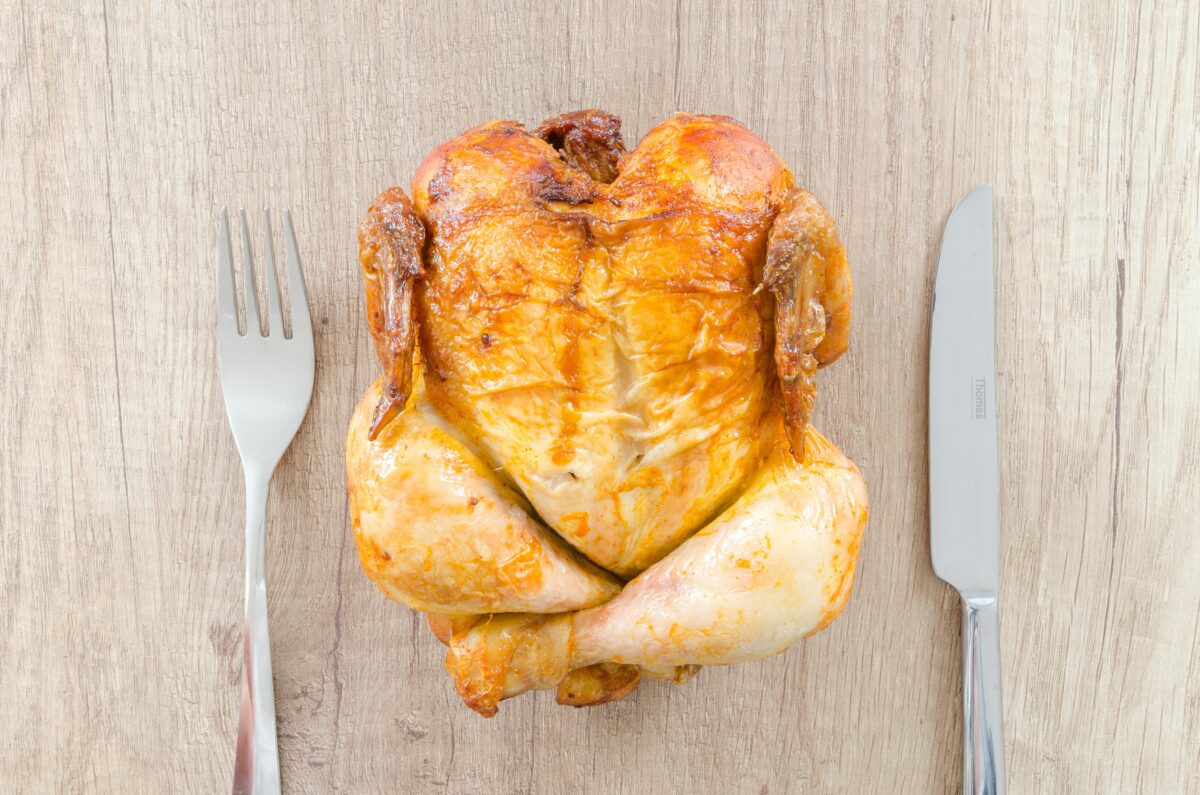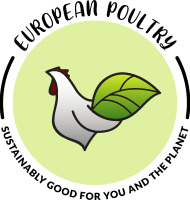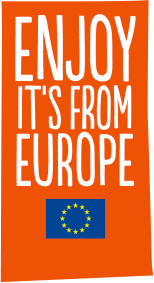Renewable energies are a crucial component of sustainable development in Europe. With the increasing commitment to sustainability and reducing carbon emissions in the European poultry sector, there is a growing interest in the use of renewable energy in all the production chains.[1]
Renewable energy has the potential to address the challenges associated with greenhouse gasses emissions and the overuse of fossil fuels, by providing a sustainable and clean source of energy, and by reducing waste and emissions.
The European Poultry has been incorporating the most common forms of renewable energies as follows:
Solar Energy
It is one of the most popular forms of renewable energy, particularly for powering ventilation and lighting systems. Solar panels can be installed on the roof of poultry houses, providing a reliable source of energy that is also cost-effective in the long run. Additionally, solar power can be used to heat water, which can then be used for cleaning and other purposes.
Bioenergy
Bioenergy can be generated from a variety of sources, including agricultural waste, animal waste, and crops grown specifically for energy production. It can be used to generate electricity, heat, and fuel, and can also be used to power vehicles and equipment. This versatile alternative source of energy has the potential to be a highly sustainable and cost-effective form of renewable energy, particularly if it is produced on-site using waste products from the farm.
Wind Energy
Wind power is another form of renewable energy that is gaining popularity in the poultry sector. Wind turbines can be installed on farms, providing a source of energy that is not dependent on weather conditions. This can be particularly beneficial in areas with high wind speeds, where wind power can be used to generate electricity for the farm and the surrounding community.
Geothermal Energy
Geothermal energy involves the use of heat from the earth’s interior to generate electricity and heat. This can be particularly beneficial for poultry farms located in areas with high geothermal activity, where the heat can be used to power heating and ventilation systems, as well as to heat water for cleaning and other purposes.
Although it can face some challenges, such as high installation and maintenance costs, renewable energies offer a significant opportunity for the poultry sector to reduce its environmental footprint while contributing to Europe’s sustainable development goals in the long-term benefit perspective.
By adopting renewable energy technologies, poultry farmers can lower their energy costs and reduce usage of fossil fuels. The adoption of renewable energies in the poultry sector is a win-win solution for both the industry and the environment, and a big part of its commitment with the environmental pillar of sustainability.
Promotion programme to inform about the Sustainable European Poultry Sector
SUST EU POULTRY is a two-year promotion campaign supported by the European Commission and launched by three national poultry associations and their European umbrella association (from Germany, France and Spain) with the main goal of raising awareness among European consumers and professionals about the sustainability of the European poultry sector and a product of great quality.
————————————————————————————————-
Additional information
PRESS CONTACT Ana María Martín ATLAS MARKETING STUDIO internacional@atlasmarketingstudio.com | CONTACT AVEC Federica Chiarella AVEC SECRETARIAT sust@eu-poultry.eu |
The content of the present advertising solely represents the opinion of the author and is the exclusive responsibility of the same.
The European Commission assumes no responsibility for the use that may be made of the information contained therein.
[1] Veterinaria Digital, 2020: Renewable energy at the service of the poultry industry










